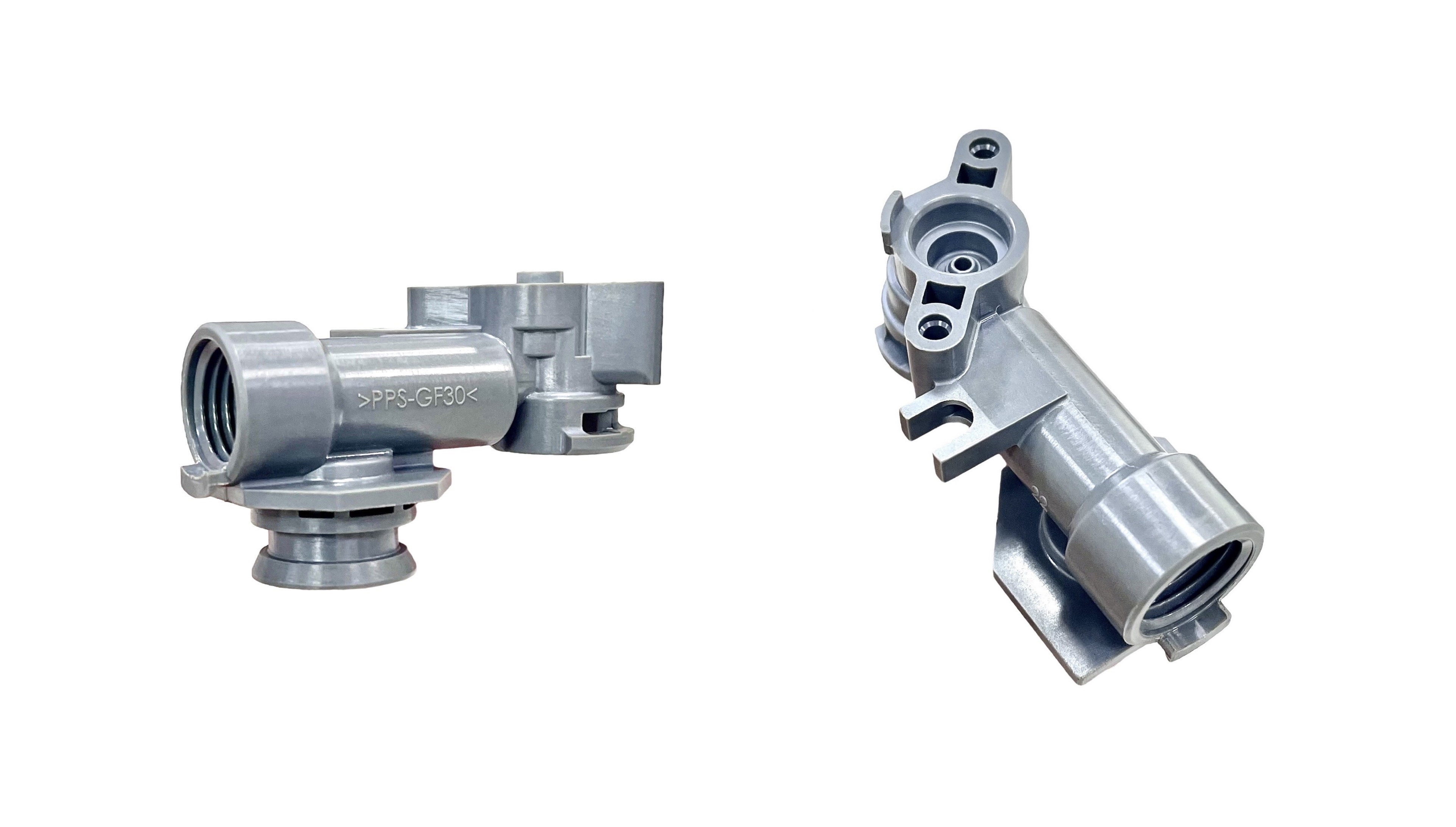Blog
Plastic injection application on flow system component

Flow system molding components refer to parts used in systems that involve the movement or control of fluids, such as liquids or gases. These components are crucial in various industries where fluid handling is essential, including automotive, aerospace, medical, and industrial applications. Plastic injection molding is commonly employed to manufacture flow system components due to its ability to produce intricate geometries, high repeatability, and cost-effectiveness for mass production. Here are some examples of flow system molding components:
-
Valves: Valves regulate, control, or stop the flow of fluids within a system. They come in various types, including ball valves, gate valves, butterfly valves, and check valves. Plastic injection molding can be used to produce valve bodies, stems, seats, and other components with precise dimensions and sealing properties.
-
Fittings and Connectors: Fittings and connectors are used to join different sections of fluid-carrying pipelines or tubing. Examples include elbows, tees, couplings, and adapters. Injection molding allows for the production of fittings with complex shapes, threads, and sealing features to ensure leak-free connections.
-
Pipes and Tubing: Pipes and tubing transport fluids from one point to another within a system. Plastic injection molding enables the mass production of pipes and tubing with uniform wall thickness, smooth internal surfaces, and custom lengths to meet specific application requirements.
-
Manifolds: Manifolds distribute fluids from a single source to multiple outlets or vice versa. They are used in various systems, including hydraulic, pneumatic, and fluid distribution systems. Injection molding can produce manifolds with intricate channel designs, integrated ports, and precise flow distribution characteristics.
-
Pumps and Pump Components: Pumps are devices used to move fluids by mechanical action. Plastic injection molding can be utilized to manufacture pump housings, impellers, diaphragms, and other components for different types of pumps, such as centrifugal pumps, diaphragm pumps, and peristaltic pumps.
-
Filters and Strainers: Filters and strainers remove impurities or particles from fluids to ensure system cleanliness and prevent damage to downstream components. Injection molding enables the production of filter housings, strainer baskets, and filter elements with customized filtration properties.
-
Flow Sensors and Meters: Flow sensors and meters measure the rate of fluid flow in a system for monitoring and control purposes. Injection molding can be used to manufacture housing enclosures, mounting brackets, and other components for flow measurement devices with precise dimensions and sensor integration features.
-
Tank and Reservoir Components: Tanks and reservoirs store fluids for various purposes, such as storage, mixing, or distribution. Injection molding can produce tank lids, fittings, baffles, and other components with features like reinforcement ribs, mounting bosses, and sealing surfaces for reliable fluid containment.
These are just a few examples of flow system molding components, and there are many more types and variations depending on the specific application and industry requirements. The design and manufacturing of these components typically involve considerations such as material selection, part geometry, flow characteristics, pressure ratings, and compliance with industry standards and regulations.
